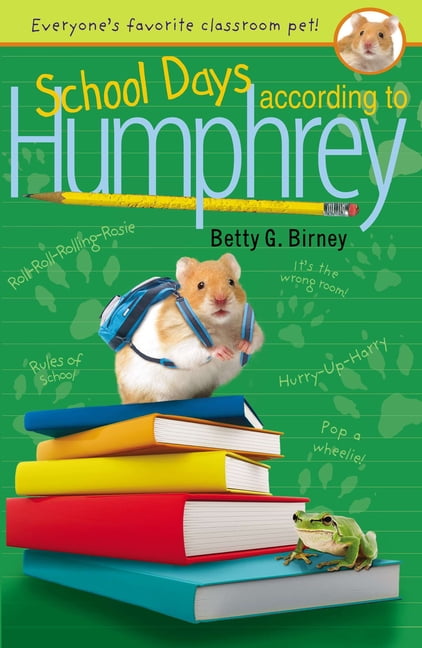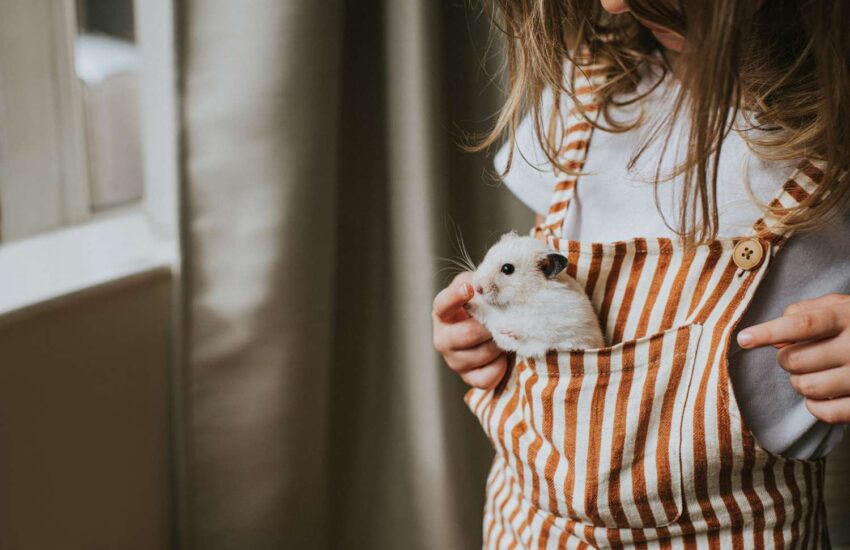Top Hamster Choices for Children’s Education
Hamsters are not just cute and cuddly pets; they can also serve as excellent educational tools for children. These small rodents can teach responsibility, empathy, and the science of life cycles in a hands-on manner. In this article, we will explore top hamster choices that are perfect for educational purposes, ensuring that your child not only enjoys the company of these adorable creatures but also learns valuable lessons from them.
With their playful nature and relatively easy care requirements, hamsters can be a fitting introduction to pet ownership for kids. By integrating hamsters into learning, children can develop a greater understanding of animal care, biology, and the importance of nurturing other living beings. Throughout this piece, we’ll highlight different hamster breeds, including specific care requirements and educational benefits associated with each.
Moreover, we’ll provide insights about the proper setup for their habitats, activity levels, and how these aspects can be used as practical lessons in responsibility. By the end of our discussion, you will be equipped with knowledge to choose the best hamster for your child’s educational needs.
Choosing the Right Breed of Hamster
1. Syrian Hamster
The Syrian hamster, commonly known as the golden hamster, is the most popular breed among pet owners and educators. This breed is known for its friendly temperament and relatively large size, making it easier for children to handle. They often live alone in their own cages, which can teach children valuable lessons about independence.
Syrian hamsters are nocturnal, meaning they are most active in the evening. This behavior pattern allows children to observe their pet during certain times of the day, leading to discussions about different animal lifestyles and adaptations. They usually have a gentle disposition, which makes them great companions for children.
Care Tips
- Provide a spacious cage with plenty of enrichment, including tunnels and toys.
- Feed a balanced diet of high-quality hamster pellets, fresh vegetables, and occasional treats.
- Ensure they have access to clean water daily.
2. Dwarf Hamster
Dwarf hamsters are smaller than their Syrian counterparts and come in several varieties, including Campbell’s hamster and Roborovski hamster. Their small size can make them appealing, especially to children. However, they are known for being a bit more skittish than Syrian hamsters.
Dwarf hamsters can live in pairs or small groups, offering children lessons in social behavior and interaction. Observing how dwarf hamsters interact can aid in discussions about teamwork and social dynamics among animals.
Care Tips
- Choose a cage that is appropriate for multiple hamsters if they are kept together.
- Provide hiding places and activities to reduce stress from overcrowding.
- Regularly check for any signs of aggression among hamsters.
Educational Benefits of Owning Hamsters
Fostering Responsibility
Owning a hamster teaches children the importance of responsibility, as they must participate in daily tasks like feeding, watering, and cleaning the cage. This can lead to discussions on the responsibilities associated with pet ownership. As referenced in the Esta Life article, children learn that animals rely on them for nourishment and care.
Scientific Learning
Having a hamster provides a gateway into biological education. Children can learn about life cycles, nutrition, and animal behavior. Observing how hamsters interact with their environment can spark curiosity about animal biology, ecosystems, and even genetics. Additionally, children can perform simple experiments to understand how different types of bedding, foods, and habitats affect hamster behavior.
Emotional Growth
Hamsters can also enhance emotional learning. Caring for a living animal fosters empathy and understanding. Children learn the importance of nurturing and can develop compassion for living beings. By observing how hamsters respond to handling, children gain insights into body language and emotional cues.
Setting Up the Perfect Habitat
Cage Requirements
The type and size of the cage significantly impact the hamster’s well-being. A proper setup is critical in teaching children about the physical needs of their pets. Ensure that the cage is well-ventilated and spacious enough for the hamster to explore. A minimum of 450 square inches of floor space is recommended for a Syrian hamster, while dwarf hamsters require slightly less.
Cleaning and Maintenance
- Establish a cleaning routine: Spot clean daily and perform a thorough cleaning weekly.
- Discuss the importance of hygiene and how it relates to animal health.
Habitat Enrichment
Offering enrichment items like tunnels, wheels, and hiding spots encourages natural behaviors in hamsters. Engaging children in creating a stimulating environment can lead to discussions about behavior in the wild versus captivity. For example, discussing why hamsters burrow can connect to educational topics such as adaptation and habitat.
Interactive Learning Activities
Observation and Journaling
Encourage children to keep a hamster journal, where they can record observations about behavior, activity levels, and dietary habits. This exercise enhances observational skills and can lead to discussions about scientific methods of study.
Science Projects
Children can engage in simple science projects relating to their hamsters. For instance, they can analyze how different foods affect energy levels or test various bedding materials to see which one is more comfortable or absorbent. Discussions about data collection and analysis methods can accompany these projects.
Final Thoughts
In conclusion, integrating hamsters into children’s education presents an opportunity for engaging and interactive learning experiences. Syrian and dwarf hamsters, with their unique traits, spark curiosity in young minds while teaching essential life lessons about responsibility, empathy, and science. By properly caring for these delightful creatures, children can cultivate a love for animals and a deeper understanding of nature.
Consider exploring further resources on caring for hamsters to enrich your child’s learning journey. With the right breed and environment, your child’s experience with hamsters can provide a foundation for respect and appreciation for all living things.

Investing in a hamster for educational purposes is not merely about having a pet; it is about fostering a new generation of responsible pet owners and compassionate individuals.
